Barrier Methods
Barrier methods are a type of birth control that are different from the ones described in the Birth Control Methods page because they are barriers that keep sperm from entering a uterus and fertilizing an egg during sexual intercourse. Learn more about sex and pregnancy on the Types of Sex and Pregnancy pages. There are five types of barrier methods: condom, diaphragm, cervical cap, spermicide, and sponge. Learn about each of them below!
Condom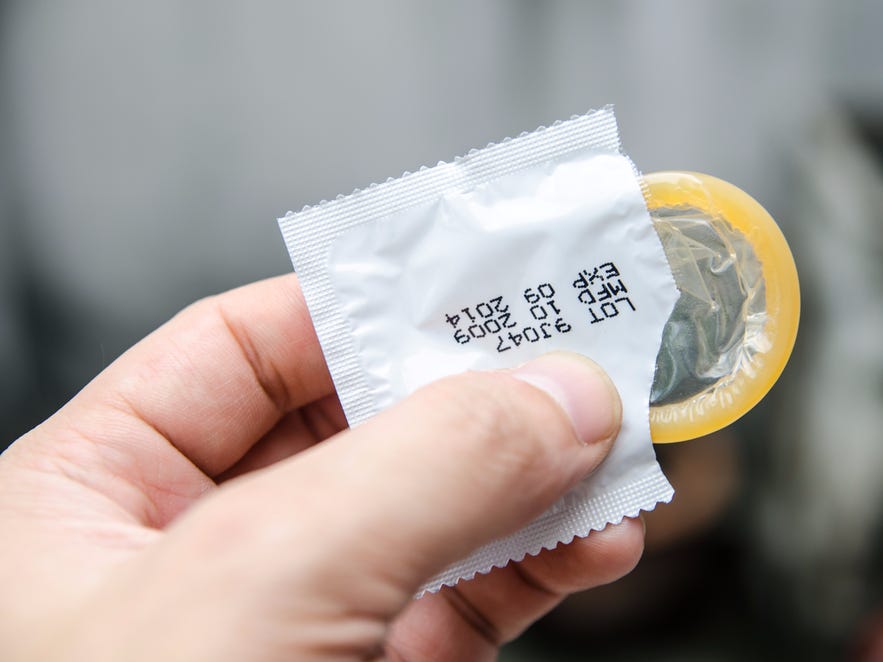
There are two types of condoms: the male condom and the female condom. Condoms are highly effective at preventing sexually transmitted infections (STIs), but, just like birth control, male condoms are only 82% effective, and female condoms are 79% effective. For them to be as effective as possible, they must be put on before any sexual activity and taken off immediately after sex. If they’re not on properly, their effectiveness decreases. That’s why it’s essential that you also use a method from the Birth Control Methods page to prevent unplanned pregnancy, while the condom protects you from getting an STI.
Tips for using condoms:
- Never use the same condom twice. It already has sperm and/or vaginal fluids from the last sexual activity, so the fluids will most likely get mixed together if you try to use the condom a second time. Trash the old one and use a new one.
- Never use two condoms at the same time. It doesn’t matter if they’re two male condoms or a female and a male condom. The two condoms will rub together and be more likely to break.
- Check the expiration date on the packaging. Yes, condoms expire! They don’t last forever, and expired condoms are more likely to tear or break during sex. Don’t use them past the expiration date.
- Do not use a condom packet that looks squashed, old, faded, or tampered in any way, especially if it’s been in your wallet, purse, or pocket for a while. The condom could be damaged. Throw it away and get a new one.
- Use water- or silicone-based products or lubricants; do not use oil-based products such as body lotions, moisturizers, massage oils, body oils, lipsticks, or any other oil-based product with latex condoms. The oil reacts with the latex, causing the condom to break.
- Use a condom every time you have sex to prevent STIs. This includes oral and anal sex. Condoms will protect your genitals, mouth, and throat from STIs. You can try flavored condoms for variety.
- Use a condom that fits and is comfortable. There are different sizes available. Finding the right fit will make sex more enjoyable and the condom more effective.
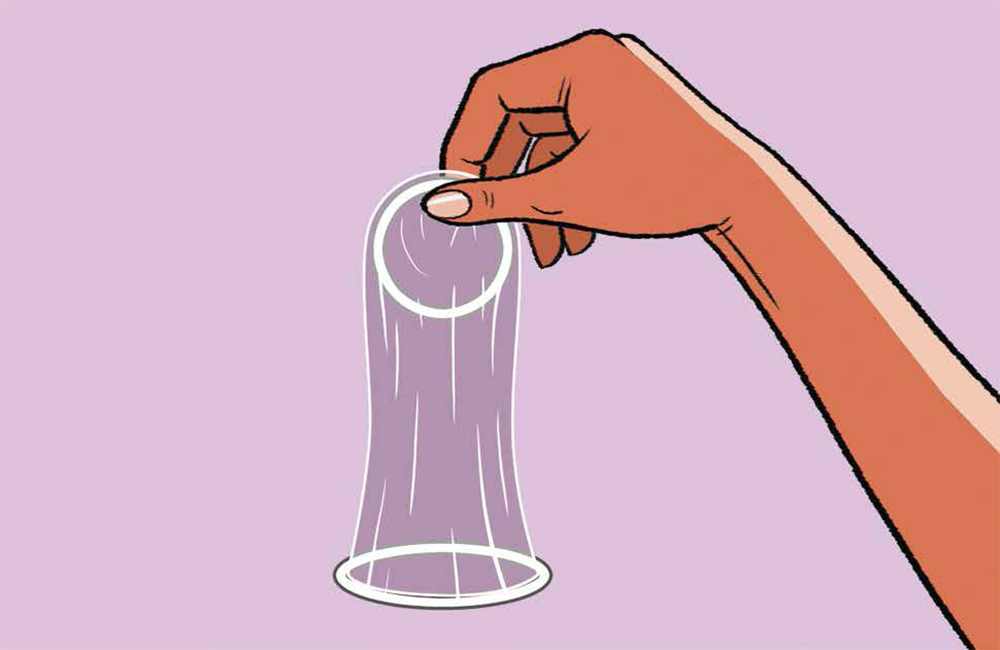
Did You Know?
You can get FREE CONDOMS at certain clinics or events where clinics are attending! Below is a list of places in Hawaiʻi where you can get free condoms:
- Big Island
- Family Planning Health Clinic (Student Medical Services, University of Hawaiʻi (UH) at Hilo)
- Maui
- Oʻahu
- Health Promotion Resource Center (University Health Services, UH Mа̄noa)
- Kauaʻi
Male Condom
This is the one almost everyone thinks about when they hear the word condom. Male condoms are also known as external condoms. They are thin tubes that roll down over the penis and protect against STIs. To learn how to properly use a male condom, visit this page by the Centers for Disease Control and Prevention (CDC).
For more information about male condoms, check out the video below!
Female Condom
Female condoms are bigger, look like a larger, inside-out male condom, and are placed inside your vagina before intercourse, hence why they are also called internal condoms. To learn how to properly use a female condom, visit this page by the CDC.
For more information about female condoms, check out the video below!
Diaphragms are made from latex or silicone materials. They are dome-shaped cups that are placed inside your vagina and cover the cervix. They are most effective when used with spermicide before being inserted into the vagina. Diaphragms also do not protect against STIs, so make sure to wear a condom! You can obtain a diaphragm from pharmacies, drugstores, or other health centers after getting a prescription from your healthcare provider. However, they’re not as effective or as easily available as other methods.
To learn more about diaphragms and how to use them, visit this page from Family Doctor.
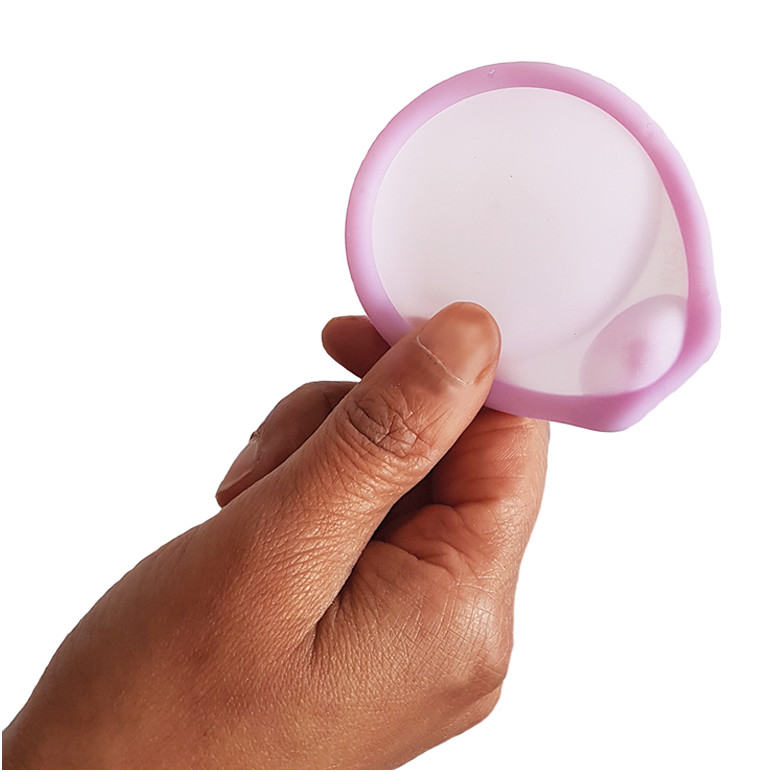
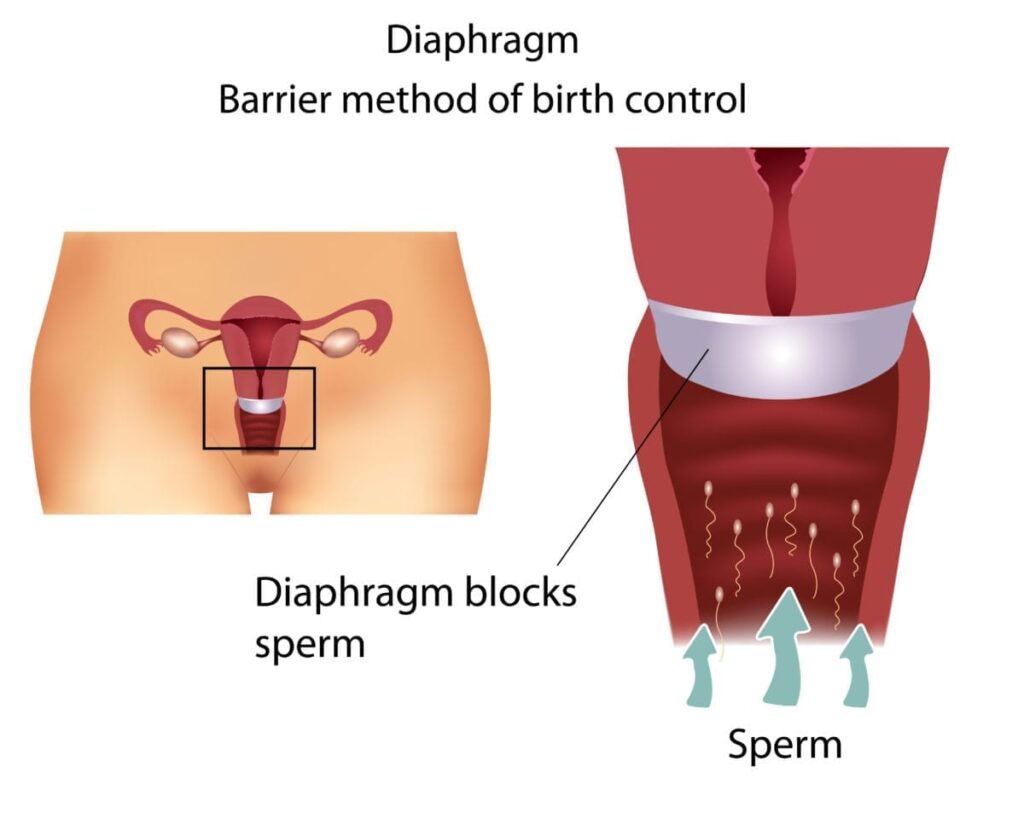
Cervical caps are cups made of silicone. They are similar to diaphragms in that they both are inserted into your vagina, cover the cervix to prevent sperm from entering the uterus, and are most effective when spermicide is added beforehand. Cervical caps, however, are smaller and look like a sailor’s hat. They also do not protect against STIs, so make sure to wear a condom! You can obtain a cervical cap from pharmacies, drugstores, or other health centers after getting a prescription from your healthcare provider. However, they’re not as effective or as easily available as other methods.
To learn more about cervical caps and how to use them, visit this page from the U.S. Department of Health & Human Services.
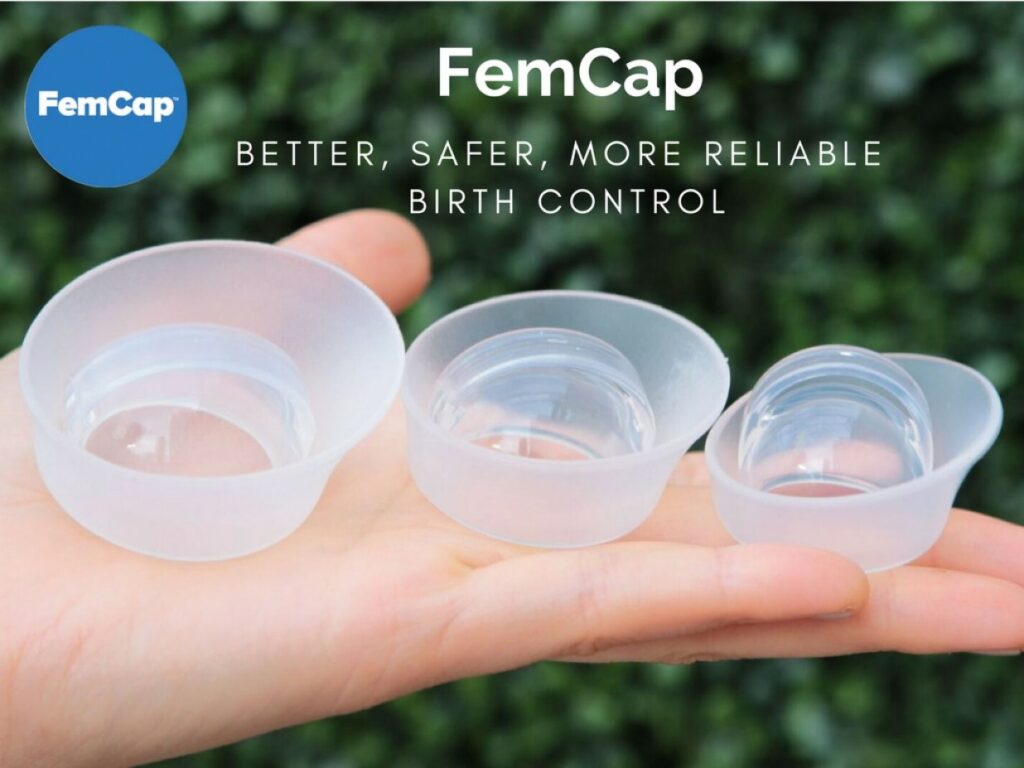

Spermicides contain chemicals that kill sperm to prevent them from fertilizing an egg and are put deep inside the vagina before sex by using your fingers or an applicator provided in the package. They come in different forms as shown in the picture below. Spermicides can differ, so make sure to read the instructions before using. They also do not protect against STIs, so make sure to wear a condom! Their effectiveness increases when used together with other methods, such as condoms or diaphragms. However, they’re not as effective or as easily available as other methods.
To learn more about spermicides and how to use them, visit this page from Planned Parenthood.
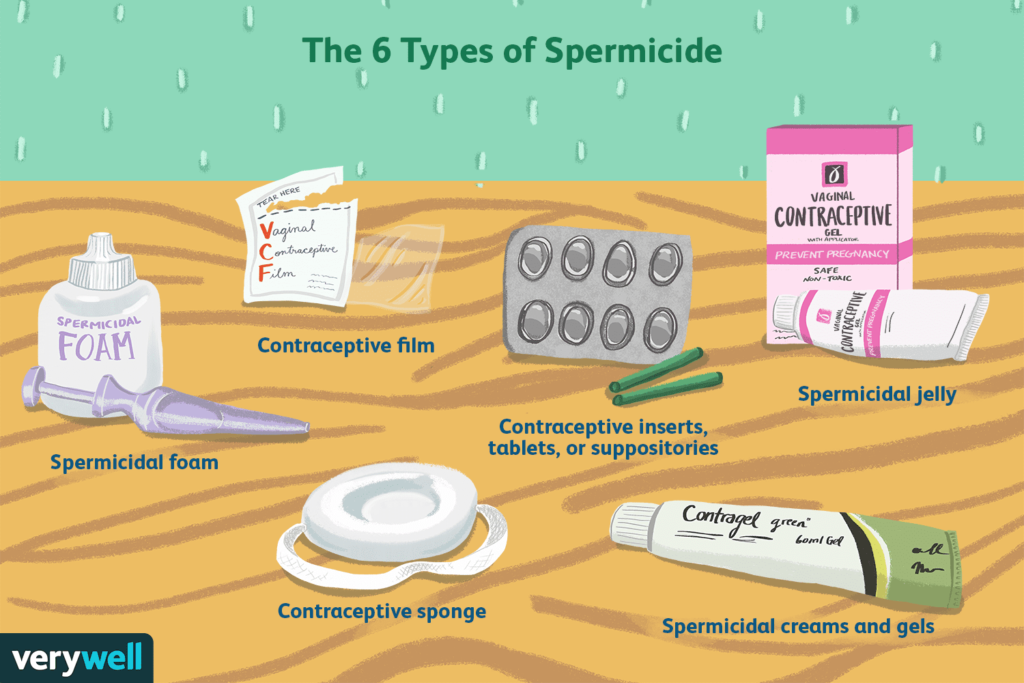
Contraceptive sponges are soft, disk-shaped foam made from polyurethane and contain spermicide to kill sperm and block them from entering the uterus and fertilizing an egg. They are inserted into the vagina before sex and cover the cervix. A strap is attached to the sponge for easier removal after sex. Contraceptive sponges do not protect against STIs, so make sure to wear a condom! However, they’re not as effective or as easily available as other methods.
To learn more about contraceptive sponges, visit this page from Middlesex Health.

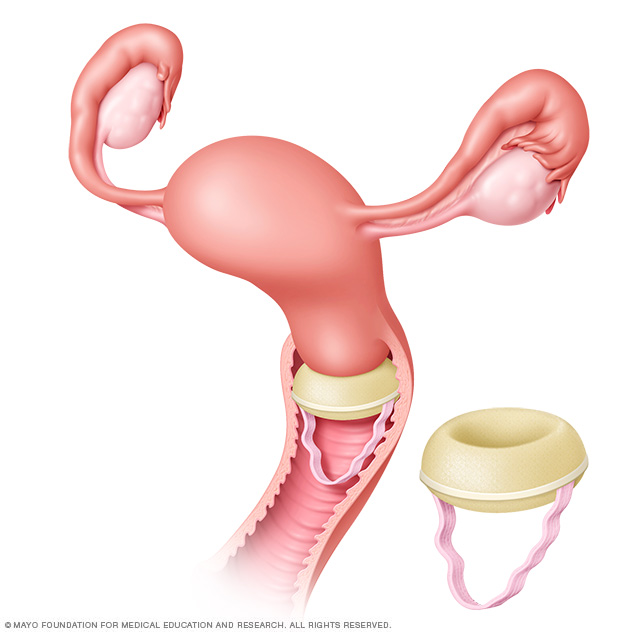
Content reviewed by Shandhini Raidoo, MD, MPH, FACOG
Last Updated: September 25, 2020 by Phyllis Raquinio
Sources
- Male Condom Photo: Chingyunsong. (n.d.). Safe sex concept. Hand with condom. Retrieved July 15, 2020, from https://www.shutterstock.com/image-photo/safe-sex-concept-hand-condom-168231869?src=OAx5iYHiAyOHaMYTstLX9Q-4-81
- Female Condom Photo: Survey: Young Adults Like Female Condoms Once They See and Touch Them. (n.d.). Retrieved July 15, 2020, from http://www.ashasexualhealth.org/79/
- Diaphragm Photo: Diaphragm. (n.d.). Retrieved July 15, 2020, from https://www.contraceptionchoices.org/contraceptive-method/diaphragm
- How a Diaphragm Works Photo: Birth Control: How to Use Your Diaphragm. (n.d.). Retrieved July 15, 2020, from https://familydoctor.org/birth-control-how-to-use-your-diaphragm/
- Cervical Cap and How a Cervical Cap Works Photos: FEMCAP. (2017, November 20). What is FemCap™? Retrieved July 18, 2020, from https://femcap.com/what-is-femcap/
- Spermicide Photo: Stacey, D. (2020, January 18). The 6 Types of Spermicide. Retrieved July 18, 2020, from https://www.verywellhealth.com/types-of-spermicide-906824
- Contraceptive Sponge and How a Contraceptive Sponge Works Photos: Contraceptive sponge. (2019, January 11). Retrieved July 18, 2020, from https://middlesexhealth.org/learning-center/tests-and-procedures/contraceptive-sponge